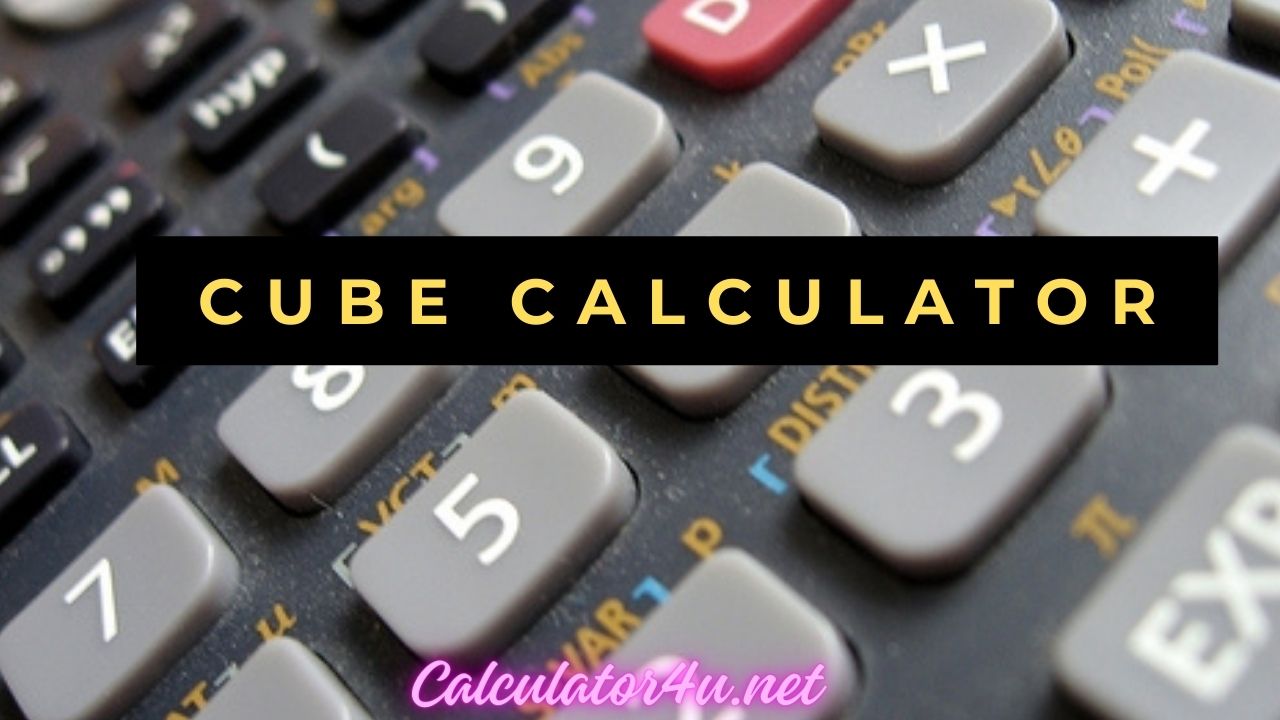Cube Calculator
Cube Calculator with Steps
Quickly calculate the volume, surface area, and other properties of a cube with our calculator. Learn how to input measurements, apply formulas, and interpret results. Simplify your cubic calculations now!
Table of Contents
Cube Calculator
Welcome to our Cube Calculator guide. Cubes are fundamental geometric shapes with various properties, including volume, surface area, and diagonal length. In this article, we’ll explore how to use the Cube Calculator to compute these properties and understand their significance.
Cube Calculator Overview
Understanding Cubes
A cube is a three-dimensional geometric shape with six square faces, all of which are congruent. Each edge of a cube is of equal length, and all angles are right angles.
Importance of Cube Calculations
Cube calculations are essential in mathematics, engineering, and everyday life. Understanding cube properties allows us to:
- Determine the volume and surface area of objects with cubic shapes.
- Design and analyze structures, such as buildings and containers.
- Solve problems involving spatial reasoning and geometry.
How the Calculator Works
Our Cube Calculator provides a user-friendly interface for computing various properties of a cube. Simply input the measurements of the cube’s side length, and the calculator will automatically calculate the volume, surface area, diagonal length, and other properties based on the input values.
Step-by-Step Guide to Using the Calculator
- Enter Side Length: Input the length of one side of the cube.
- Compute Properties: The calculator will apply the relevant formulas to calculate the volume, surface area, diagonal length, and other properties of the cube.
- Review Results: Examine the computed properties provided by the calculator.
Practical Applications
Cubes have numerous applications in different fields:
- Packaging: Cubic containers are commonly used for packaging products due to their efficient use of space.
- Construction: Cubic shapes, such as bricks and blocks, are essential building materials in construction projects.
- Mathematics Education: Cubes are used to teach concepts such as volume, surface area, and spatial relationships in mathematics classrooms.
Advantages of Using the Calculator
- Accuracy: Provides precise calculations of cube properties based on the input side length.
- Efficiency: Saves time and effort by automating the calculation process, especially for large datasets or complex calculations.
- Accessibility: Offers a straightforward interface suitable for users with varying levels of mathematical proficiency.
FAQs
Q: Can the calculator handle negative side lengths?
A: No, the calculator assumes non-negative side lengths, as negative lengths are not physically meaningful in this context.
Q: Are there any limitations to the side length values that can be input?
A: The calculator can handle side length values of any positive magnitude. However, extremely large or small values may be subject to precision limitations inherent in numerical calculations.
Q: Can the calculator compute the volume and surface area of a cube simultaneously?
A: Yes, the calculator provides both volume and surface area calculations based on the input side length.
Conclusion
In conclusion, the Cube Calculator provides a convenient and efficient way to compute various properties of a cube. By following the steps outlined in this guide and utilizing the calculator’s features, you can simplify your cubic calculations and gain insights into the geometric properties of cubes.

